Here at C3Centricity, we publish books (Winning Customer Centricity), articles and training on customer centricity, because we’re passionate about helping companies to successfully adopt a customer-first strategy.
Since we founded C3Centricity in early 2011, one of our traditions has been to share the most popular posts on customer experience at the beginning of each new year.
This past year has been particularly successful for C3Centricity, with many of our newest posts getting the top scores globally! This is quite tough for a blog that has been running for almost 13 years and highlights the quality of the content we share with you each month.
Of course, there are also a few perennials that have been appearing in our top 10 list for years, like insight development and customer observation. Since no brand is successful without a foundational insight, and customer understanding is its major essential element, these two will always be popular – they also are on Google’s first page, which certainly helps and confirms the quality of their content.
So let’s have a look at the Top 10 list in 2023, and see if your own favourites are there. If not, then please let us know in the comments. Thanks.
#1. Five Brilliant Ideas to Boost Your Insight Development
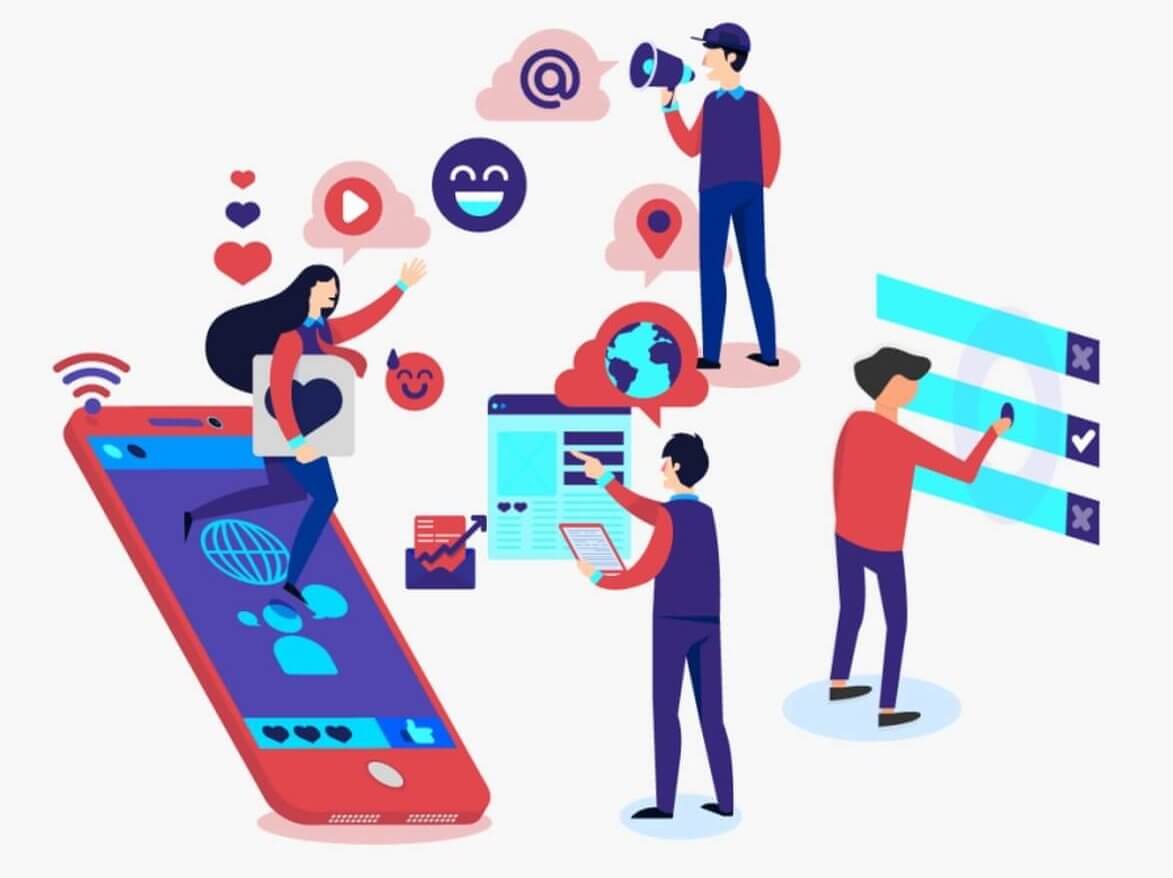 This post regularly appears in the top three posts on C3Centricity. This shows the quality of its recommendations and content. And the importance of business insights.
This post regularly appears in the top three posts on C3Centricity. This shows the quality of its recommendations and content. And the importance of business insights.
Ever wondered why you struggle to develop actionable insights? This post shares some of the main reasons why even large companies sometimes fail at this essential art. Then, it offers some suggested solutions to help you.
Insights are the foundation on which every single successful brand is built. If your brands are lacking strong positive growth, they are probably missing that insight that will make them powerhouses.
So it is vital that you learn how to develop them and then how to action them in your communications and innovation. Again, if you struggle to action your insights, you’re most certainly missing one of the steps covered in this post.
To stimulate your thinking, the article includes many real-world examples of how great insights can be turned into powerful ad campaigns that connect with customers and motivate them to buy.
If you’re ready to finally learn how to develop actionable business insights, check out our online course on the topic HERE.
#2. Five Rules of Customer Observation for Greater Success
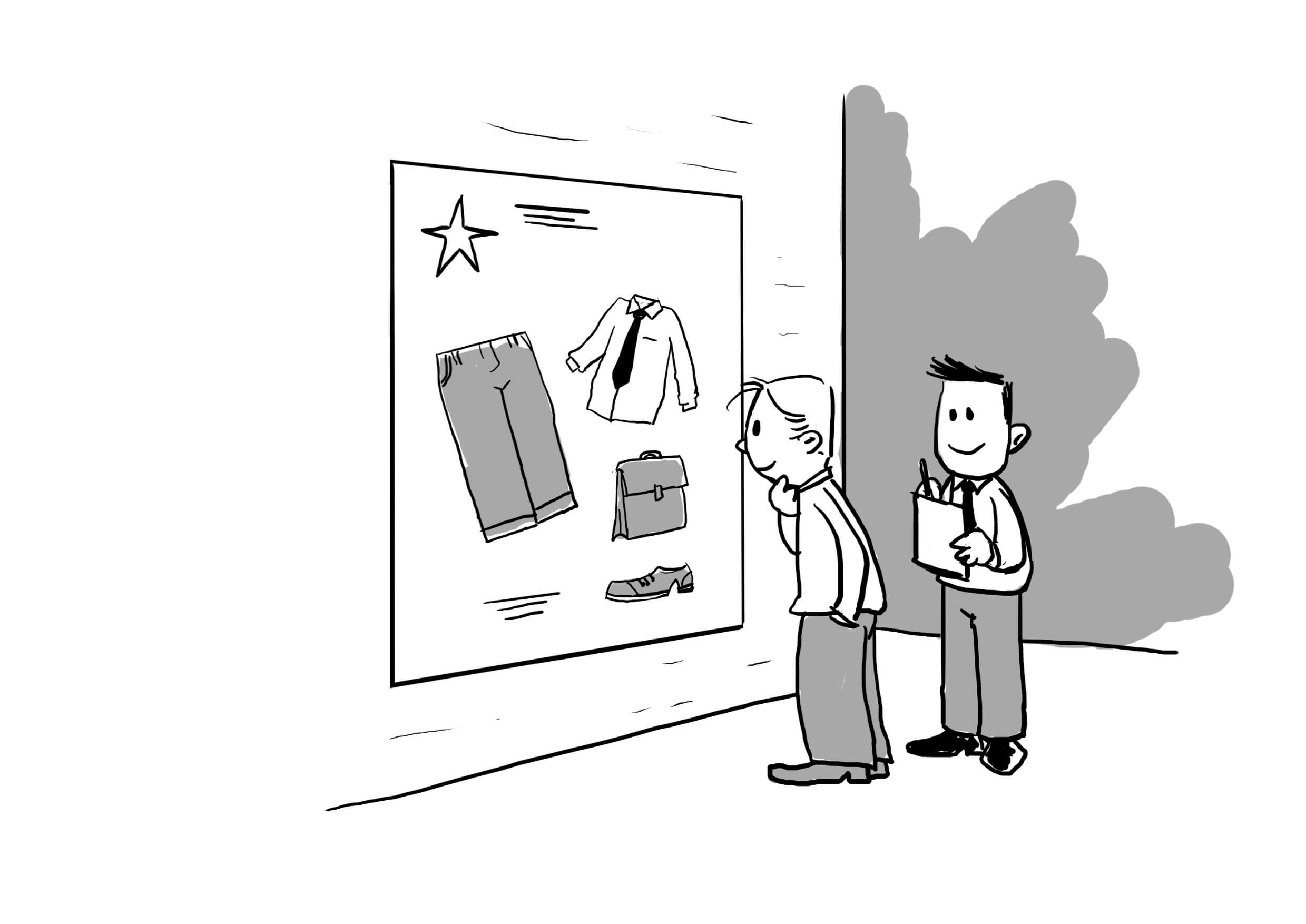
This post has also been among the top articles on C3Centricity for many years. It is a cornerstone post that is regularly updated to remain highly relevant in today’s marketplace.
Its popularity clearly shows the need we all have to understand how to get up close and personal with our customers – the right way.
The five rules it includes are easy to follow and will make every occasion to watch and listen to your customers so much more interesting and valuable.
And if you want to learn how to watch and listen more effectively to your customers, then check out our training courses HERE.
#3. The 6 Best Ways to Show You Respect Your Customers
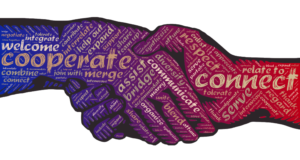 This is another evergreen post that has been popular amongst our readers for several years. It shows you how to connect with your customers and gather their information in a mutually beneficial way.
This is another evergreen post that has been popular amongst our readers for several years. It shows you how to connect with your customers and gather their information in a mutually beneficial way.
It also has some tips on how to build a good relationship with them and respectfully let them leave if they no longer want to connect with you. Making it hard for them just makes you lose your image.
If you’re ready to adopt a customer-first strategy, check out our online and offline, keynotes, talks and trainings HERE.
#4. How to Take Local Brands to Global Success: The 5 Rules to Fortune

This post shares five rules to follow if you want to succeed in taking a local brand to regional or global success. These include:
- Understand the new market and how it’s changing. Even if you are rolling out to geographically adjacent countries, the trends are not always the same, so it’s worth checking rather than assuming they’re similar.
- Understand the customer’s perspectives. The brand has a certain image which may be less relevant in your new target marketplace. Ensure you understand which elements are worth supporting and which others you should ignore. You may also find there are new elements of your brand that will appeal to your new market’s customers.
- Following on from the above, use Maslow’s hierarchy of needs to understand what solution you are proposing to your new market and then base your brand on a relevant human truth.
- If you have taken advantage of heritage or the country’s image in your local market, check whether or not they are relevant in the new country. Associations of French beauty or fashion, German automobiles or Italian food should be useable in many countries, but other categories may have local specificities not relevant outside their territory.
- Finally, the category and how the products are used may vary widely by market. Never assume your new customers will use your brand in the same way.
As you can see, the recommendation on all points is to take time to understand the customers in your target market before rolling out.
It is only when you have understood their similarities and differences, as well as the societal trends in both countries, that you can decide whether or not your brand is likely to find success in the new market.
Never fall into the trap of believing that geographical proximity will guarantee success. These days it’s rarely the case.
If you want to learn more about rolling out your local successes to regional or global markets, please contact us HERE to discuss how we can support you.
#5. Quantum Customer Centricity™ – Beyond CX
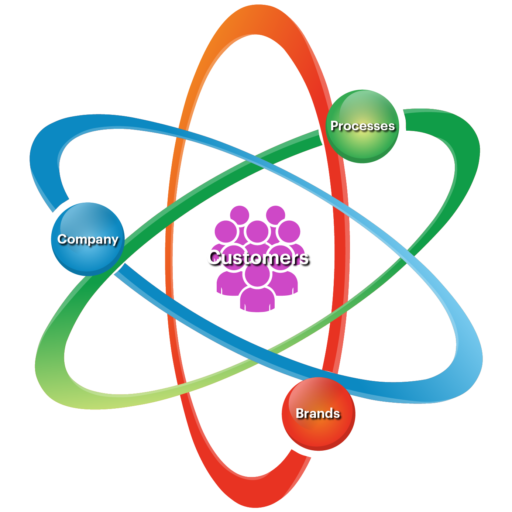 Last month I launched a breakthrough new model of customer experience (CX). It is called Quantum Customer Centricity™ (QC² for short), and it is already receiving rave reviews whenever I have had the chance to share it, both online and offline.
Last month I launched a breakthrough new model of customer experience (CX). It is called Quantum Customer Centricity™ (QC² for short), and it is already receiving rave reviews whenever I have had the chance to share it, both online and offline.
Its attractiveness is also shown by the fact that the article describing the breakthrough model is among the top five posts on C3Centricity – and that since its launch just one month ago!
A free book explains a few of the ideas and tools on which QC2 is built. If you’re interested in learning more about the model, here is the link to download it: https://c3centricity.com/qc2-beyond-cx/.
QC2 is a multi-dimensional approach that assesses, identifies, and then applies atomic changes that will bring you quantum growth.
Unlike most traditional CX models, which are limited, static and siloed, QC2 reflects the dynamic and ever-changing interrelationships between all four of the essential components – the customer, the company, the brands and the processes.
Why did I develop this new model, beyond traditional CX? Well, I found the customer experience that is usually discussed is outdated and incomplete.
Many people who speak about CX have not had experience in the corporate world helping an organisation to put customers at their heart.
Having led the Global Consumer Excellence initiative at Nestle, I know the advantages and challenges of adopting a new strategy that makes the customer the very nucleus of the business.
I have experienced first-hand the benefits of a customer-first strategy. But I have also witnessed how difficult it can be to get an organisation to change its ways of working. But this is what must happen if QC2 is going to bring the benefits that many companies already enjoy.
By identifying your business’s biggest opportunities and then leveraging its strengths, you can make fast and profitable progress on your journey to customer-centricity.
Are you ready to succeed in your transformation to a new model of customer experience and enjoy unprecedented growth and profitability? Then adopt QC² – Beyond CX. Download the FREE book NOW!
#6. 5 Powerful Ways to Upgrade Your Customer Journey Maps
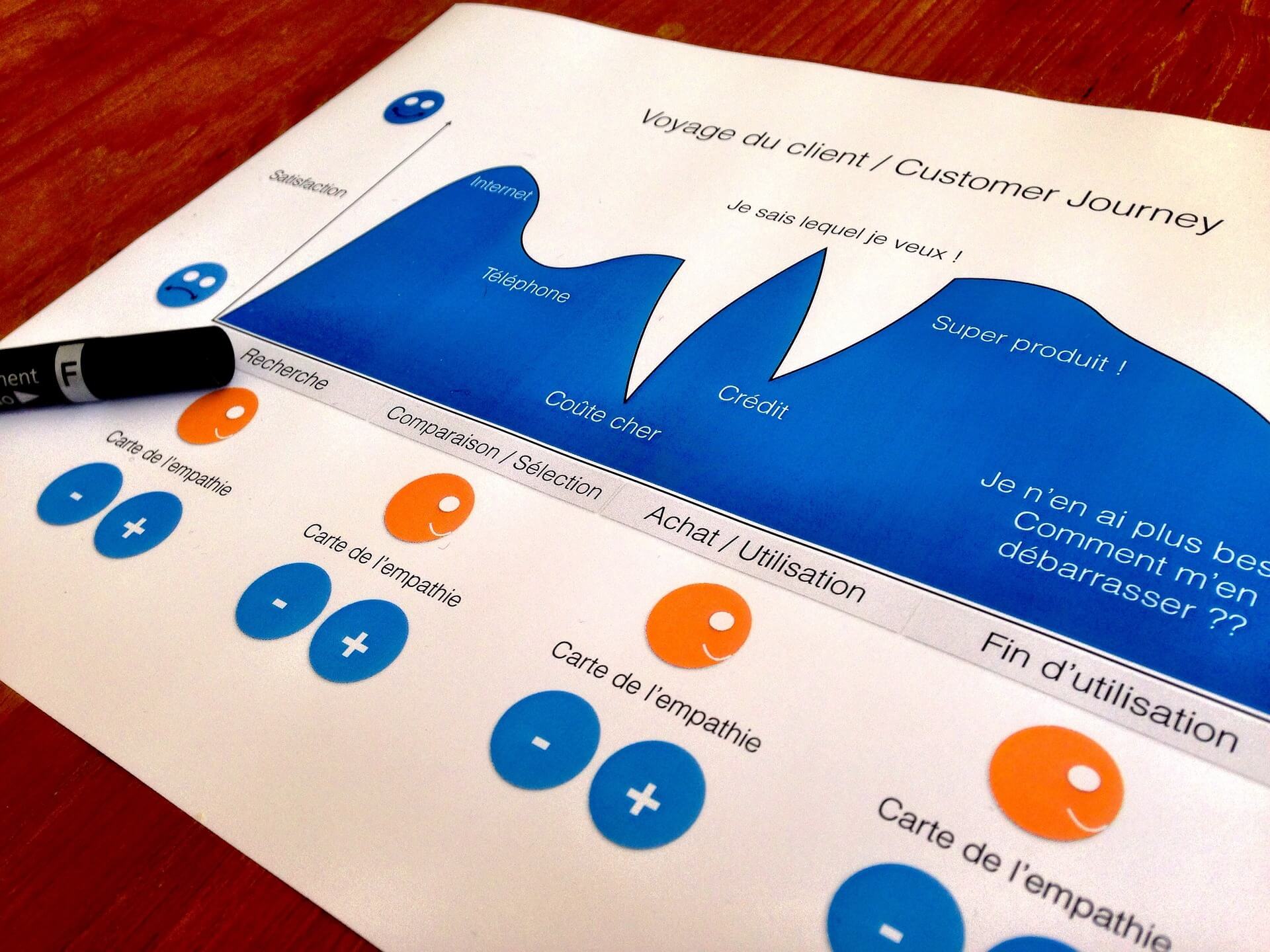
The popularity of this post highlights the importance for businesses to better understand their customers’ purchase journey as more buying goes online.
Through a personal example, the article includes three suggestions to improve your understanding of your customer journey mapping:
1. The customer journey map needs to integrate all possible contact points. If you miss even one, your map will be incomplete, and your understanding will be lacking too.
2. If you mess up somewhere on your customer’s journey, admit it AND correct it. Find a solution that is acceptable to them, not just the quick fix that suits you. And go further by not just satisfying but aiming to surprise and delight them too.
3. Follow up to make sure the customer is happy after an incident. Replacing a faulty product or service is what our customers expect. Offering free samples, a further discount, express delivery or additional attention is not. These small (atomic) touches surprise and delight the customer; you will go from the bad guy to the cool guy, gaining a quantum positive impact.
If you want to learn how to upgrade your customer journey maps, check out our training courses HERE.
#7. The Little Known Disadvantages of a Customer-first Strategy
 This article shares the advantages and disadvantages of adopting a customer-first strategy. It then goes on to show examples from around the world of the most successful customer-centric companies to illustrate the valuable learnings.
This article shares the advantages and disadvantages of adopting a customer-first strategy. It then goes on to show examples from around the world of the most successful customer-centric companies to illustrate the valuable learnings.
The post ends with five actions that will help a company assess the benefits to their organization of adopting a customer-first strategy. It’s a really useful checklist.
1. Conduct a Customer Needs Assessment
Before executing a customer-first approach, companies must thoroughly assess the needs and desires of their customers, so that their plan aligns with their requirements.
2. Develop Clear Metrics for Measuring Success
Developing clear metrics to measure success identifies areas for improvement and ensures desired outcomes. (The C3Centricity Evaluator™ Tool is one of the best ways to assess how customer-centric you are, and access is free!)
3. Invest in Training and Development
This is crucial to ensure that employees can effectively implement a customer-first strategy while also balancing the needs of the business and prioritizing the customers’ needs.
4. Collaborate Across Departments
To put a customer-first strategy into action, all departments must collaborate. This means promoting teamwork and communication throughout the organization. By doing so, teams are aligned and work towards the same goal.
5. Maintain a Long-Term Focus
It is important to balance the immediate needs of the customer with long-term goals to maintain competitiveness and adapt to market changes.
A customer-first strategy can provide significant benefits to companies, including improved customer satisfaction, increased sales, and a better brand reputation. However, it also has a few disadvantages, including increased costs and sometimes a shorter-term focus.
Companies can increase their chances of success by investing in customer research, developing clear metrics for measuring success, fostering collaboration and communication across departments, and maintaining a long-term focus.
By doing all this, companies can successfully prioritize their customers’ needs while simultaneously achieving their business goals.
#8. How to Measure Customer Centricity the Right Way
 As the saying goes, “What gets measured gets managed.” So assessing your progress when you adopt a customer-first strategy is important, very important. But how do you do it?
As the saying goes, “What gets measured gets managed.” So assessing your progress when you adopt a customer-first strategy is important, very important. But how do you do it?
This post defines customer centricity and shares some research results on levels of customer centricity across the globe and over time.
There are seven facts that become apparent from the analyses included in the article:
- Businesses should always provide a positive customer experience and do whatever it takes to satisfy, but ideally delight the customer.
- Companies must go beyond the mere process of customer-centricity, to truly put their customers at the heart of their organisation.
- Customer centricity adds demonstrated value to a company; it should be a no-brainer to make it a top business objective.
- Customer centric improvements are happening too slowly in most industries, especially when customers are becoming increasingly demanding.
- Providing customer service doesn’t guarantee customer satisfaction.
- A positive customer experience increases loyalty and advocacy.
- Excellent customer service enables differentiation and even higher prices.
In summary, people want businesses to listen and understand them. When a customer takes the time to contact a company because they are unhappy, they expect a satisfactory outcome as a minimum. Those organisations who go beyond to deliver delight will see their reputation improve, as well as an increase in their customers’ loyalty and advocacy.
Measure your level of customer-centricity, for FREE, using the C3Centricity Evaluator™ Tool.
#9 The Power of Emotional Intelligence in Driving Business Growth
Emotional Intelligence, or EQ, has emerged as a critical factor in driving business growth by enabling organisations to develop more meaningful customer relationships.
In today’s ever-changing business environment, organisations seek innovative ways to differentiate themselves from their competitors. While many companies focus on improving their products, services, or technology, the key to long-term success lies in understanding and engaging with customers at a deeper level.
This article reviews many aspects of EQ, from what it is and its importance in business to its benefits and examples of businesses and leaders who are recognised as particularly strong in EQ.
It concludes with four ways to build EQ within an organisation:
- Prioritise empathy and understanding: Make a conscious effort to understand your customers’ and employees’ emotions and needs. Use customer feedback, surveys, and employee engagement programs to gather insights and create a more personalised experience.
- Foster a positive work environment: Create a culture that values empathy, emotional Intelligence, and work-life balance. This includes offering support for mental health, promoting transparency, and encouraging a sense of community and purpose.
- Train leaders and employees: Provide training and development opportunities to help leaders and employees build their emotional intelligence skills. This can include workshops, coaching, and mentorship programs.
- Measure emotional Intelligence: Use tools such as assessments, surveys, and feedback loops to measure emotional Intelligence within your organisation. This can help identify areas for improvement and track progress over time.
By implementing these strategies, businesses can build emotional Intelligence into their culture and operations, leading to improved business outcomes and long-term success.
#10. The Customer Retention Goldmine: How to Keep Customers Happy and Drive Exponential Growth
Customer retention is essential for the long-term success of any business.
We all know that happy customers are more likely to make repeat purchases, provide positive reviews, and refer others to your business. But how do you keep customers happy?
Here are some of the best strategies to retain your customers. Check them out and apply any you are not currently actioning, to enjoy improved growth for your business:
1. Provide excellent customer service
2. Build strong relationships with your customers
3. Make sure your communication is consistent in tone and style
4. Deliver quality products and services
5. Loyalty programs to improve customers’ experience
6. Personalization of offers for greater appeal
7. Ask for feedback on all channels
8. Implement customer feedback learnings
9. Create a seamless experience across all touchpoints
10. Surprise and delight your customers whenever you can
11. Stay competitive by keeping abreast of changes in customer preferences
12. Educate and add value through interesting content
13. Build community
14. Offer flexible return policies so customers are more likely to buy again
15. Solve problems proactively rather than waiting for customers to complain
Supporting customer retention needs to be ongoing if you are serious about growing your business. You must continuously analyse customer data, monitor feedback, and then adapt your strategies based on your findings.
Constant adjustments as your customers change behaviours, ensure a positive and lasting relationship with them.
Summary of 2023 Top CX Articles
So there you have them. Our ten most popular posts of 2023 on the topic of adopting a customer-first strategy. Did you find your own favourites among them? Did you see any that you missed or forgot about, and have found particularly useful after having had the chance to read them (again)?
They cover all the important aspects of customer-centricity, as well as the skills that you need to grow your brands faster and more profitably. So I think they are a great summary of all the important elements of adopting a customer-first strategy.
Looking to 2024, I would love to hear what topics you would like me to cover. You can also share what challenges you know you will be facing in the coming year and where a little extra support would be useful to you.
If you’re in a hurry to start the ground running by working on one of your challenges right away, why not give me a call? I always keep a few spots open every day to offer the opportunity for anyone to reach out for some free advice. I know I will be able to propose a couple of atomic steps that you can take immediately to enjoy a quantum impact on your business.











